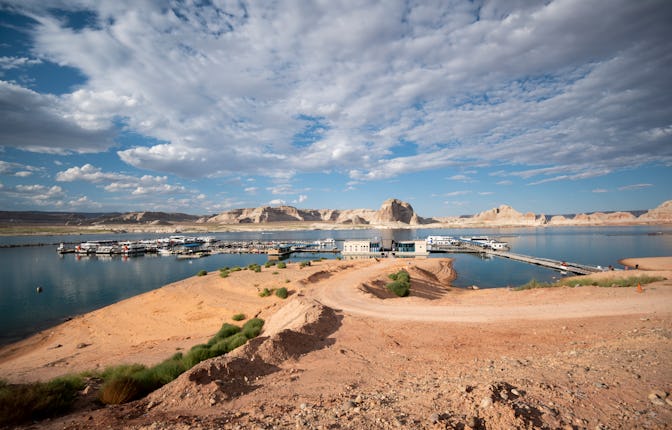America’s water reservoirs are drying up. How worried should we be?
How five of America's biggest water sources are (or aren't) surviving the warming planet.

Some of the biggest and most important sources of water across the country are reaching record low levels. It’s causing all sorts of problems — from shortages in drinking water to an inability to generate hydroelectric power.
Lake Powell, a major U.S. water reserve, hit a record low earlier this week. With summer around the corner and warmer temperatures to follow, it’s likely to get worse.
Lake Powell is far from alone. Let’s take a look at where these shortages are hitting the hardest.
The largest reservoir in the U.S., Lake Mead in Nevada provides drinking water to 20 million people.
It hasn’t reached its full capacity since 1983, and it is pushing toward dangerously low levels. The Bureau of Reclamation, which manages and protects water resources, warns that it will dip below the minimum target water levels by as early as 2025.
The affects everything from water access to recreation (the National Parks Service is closing some boat launches due to low water levels) to hydroelectric power. There’s a 20% chance of reaching “dead pool” status, meaning the lake will be unable to spin hydroelectric generators.
Nevada is already restricting the amount of water that can be withdrawn from the lake this year. If things get worse, we could see water rationing in the region.